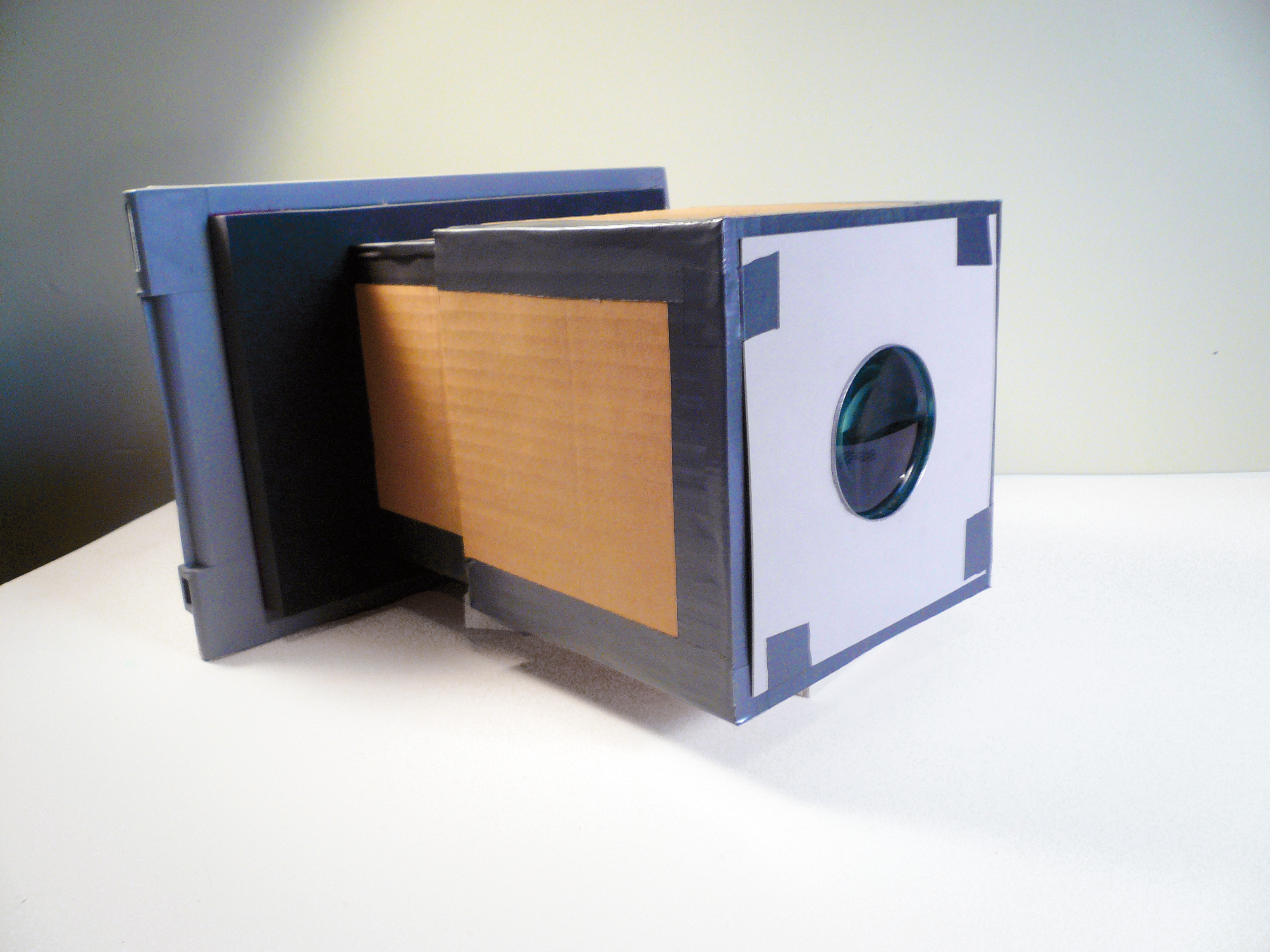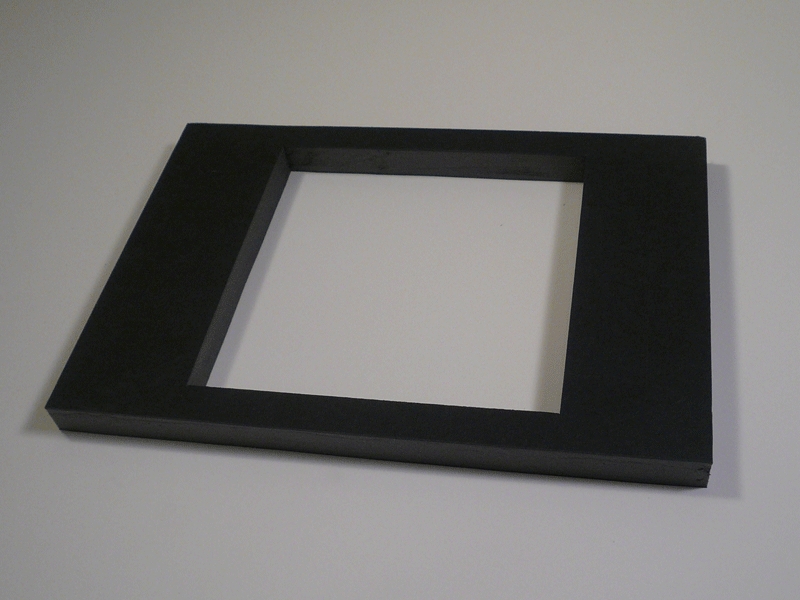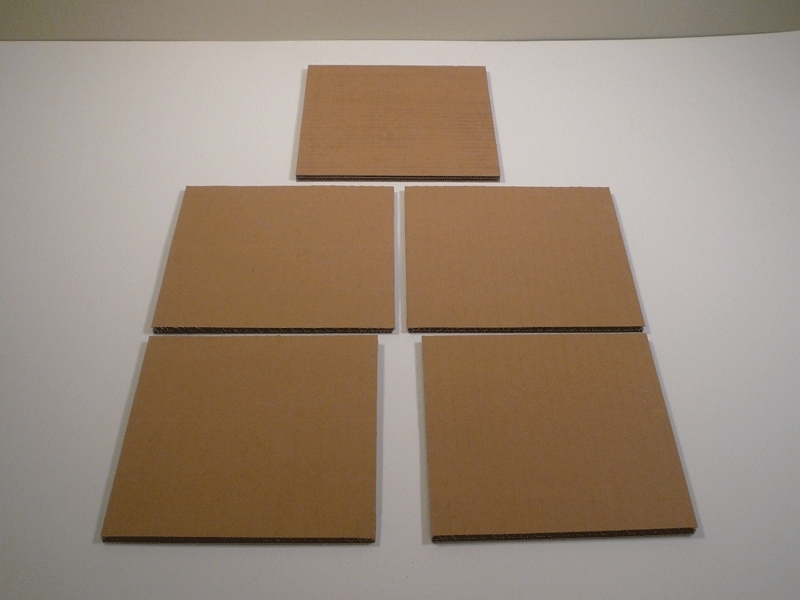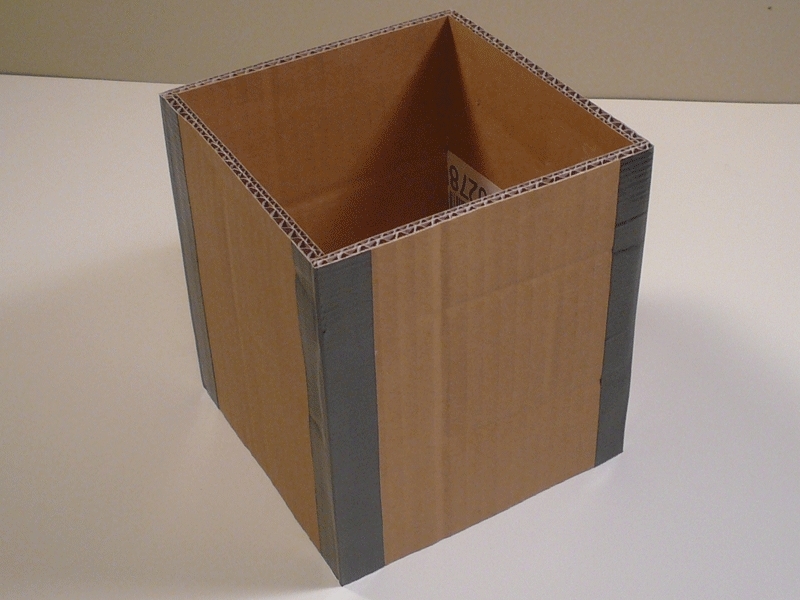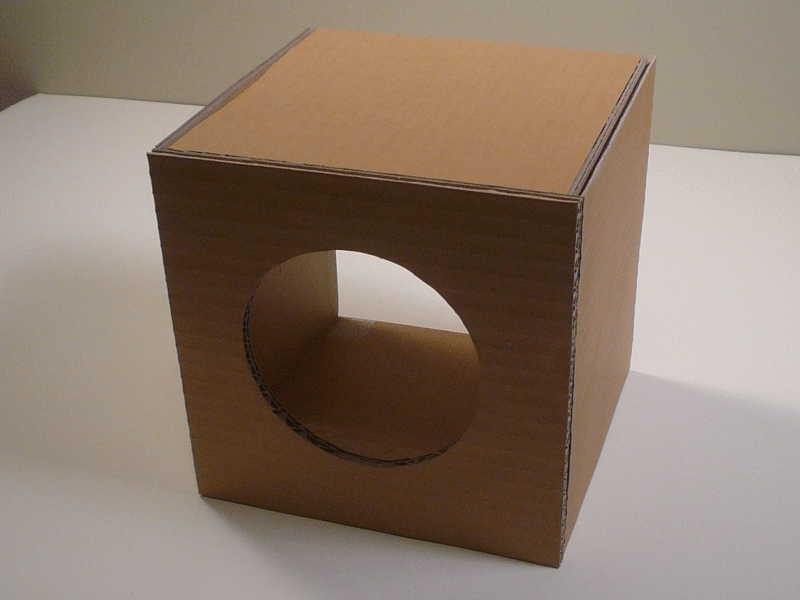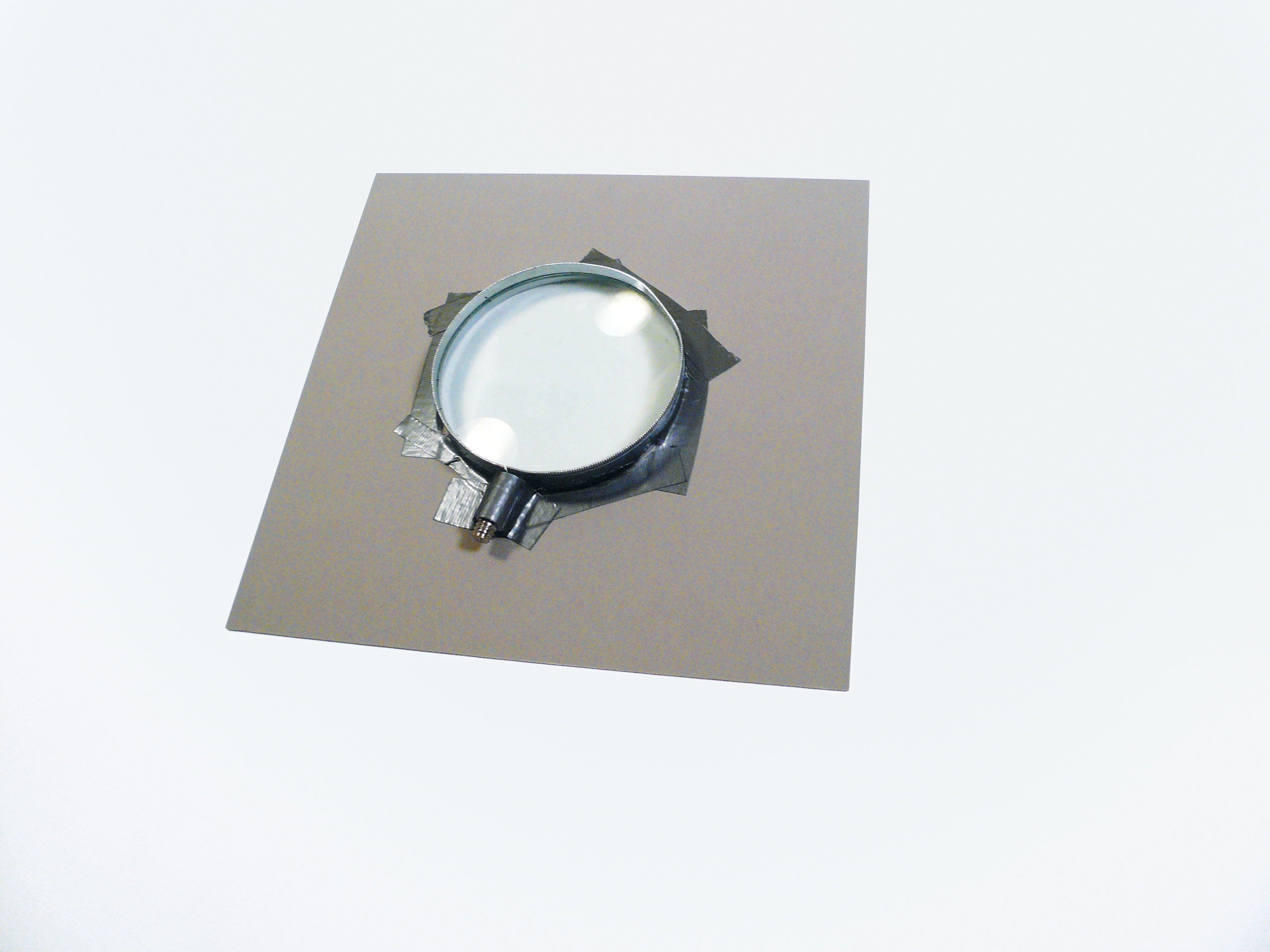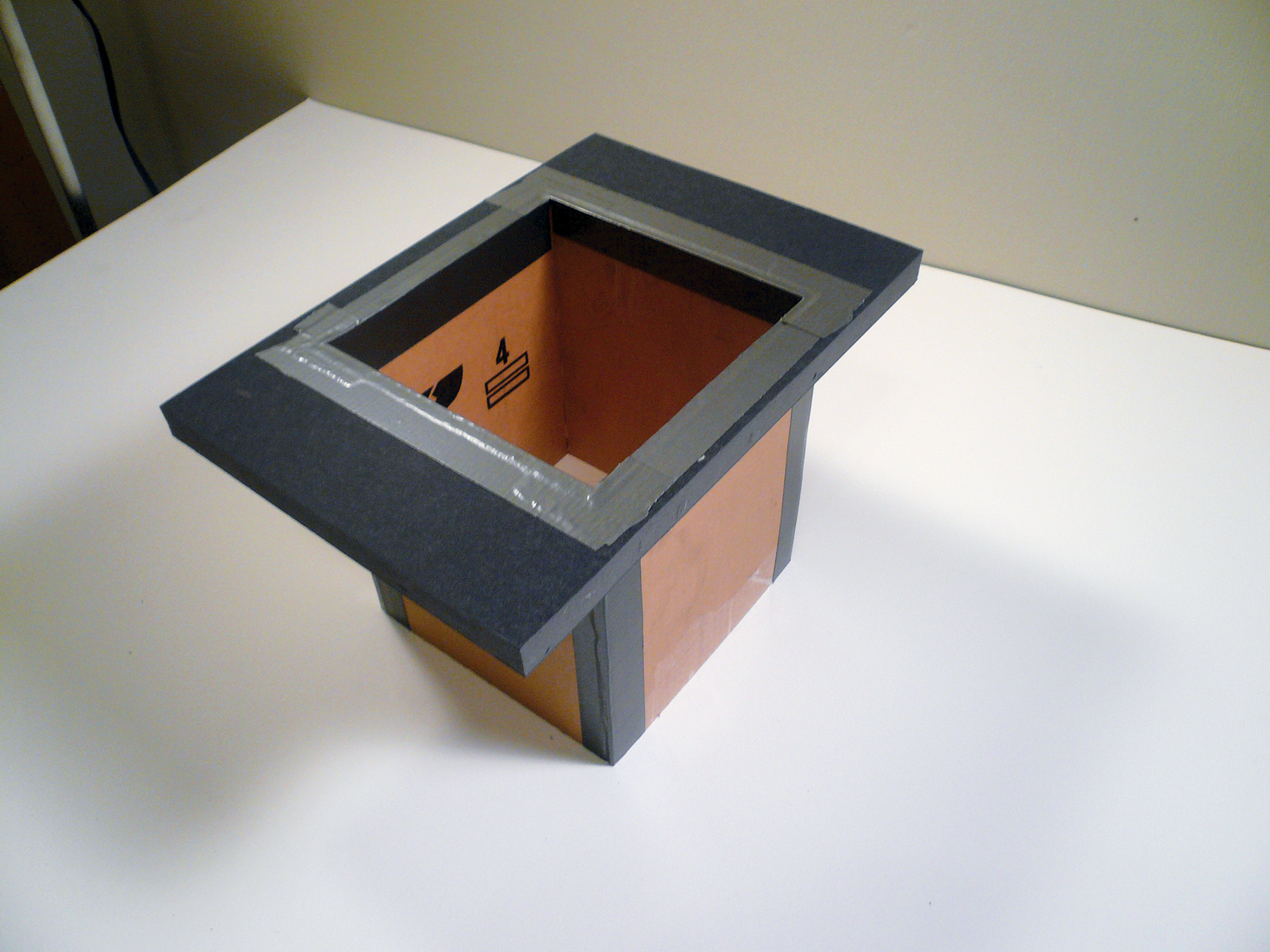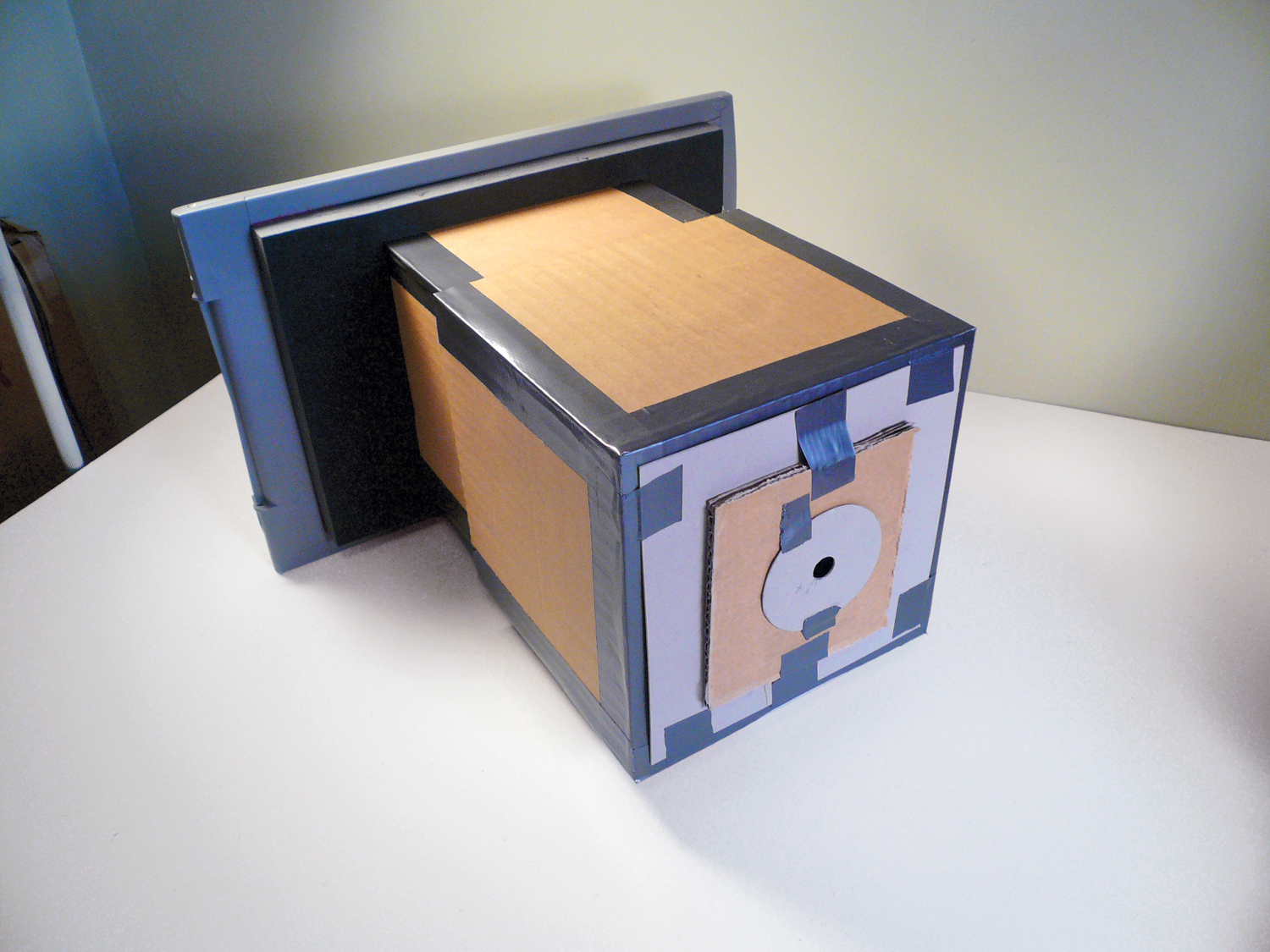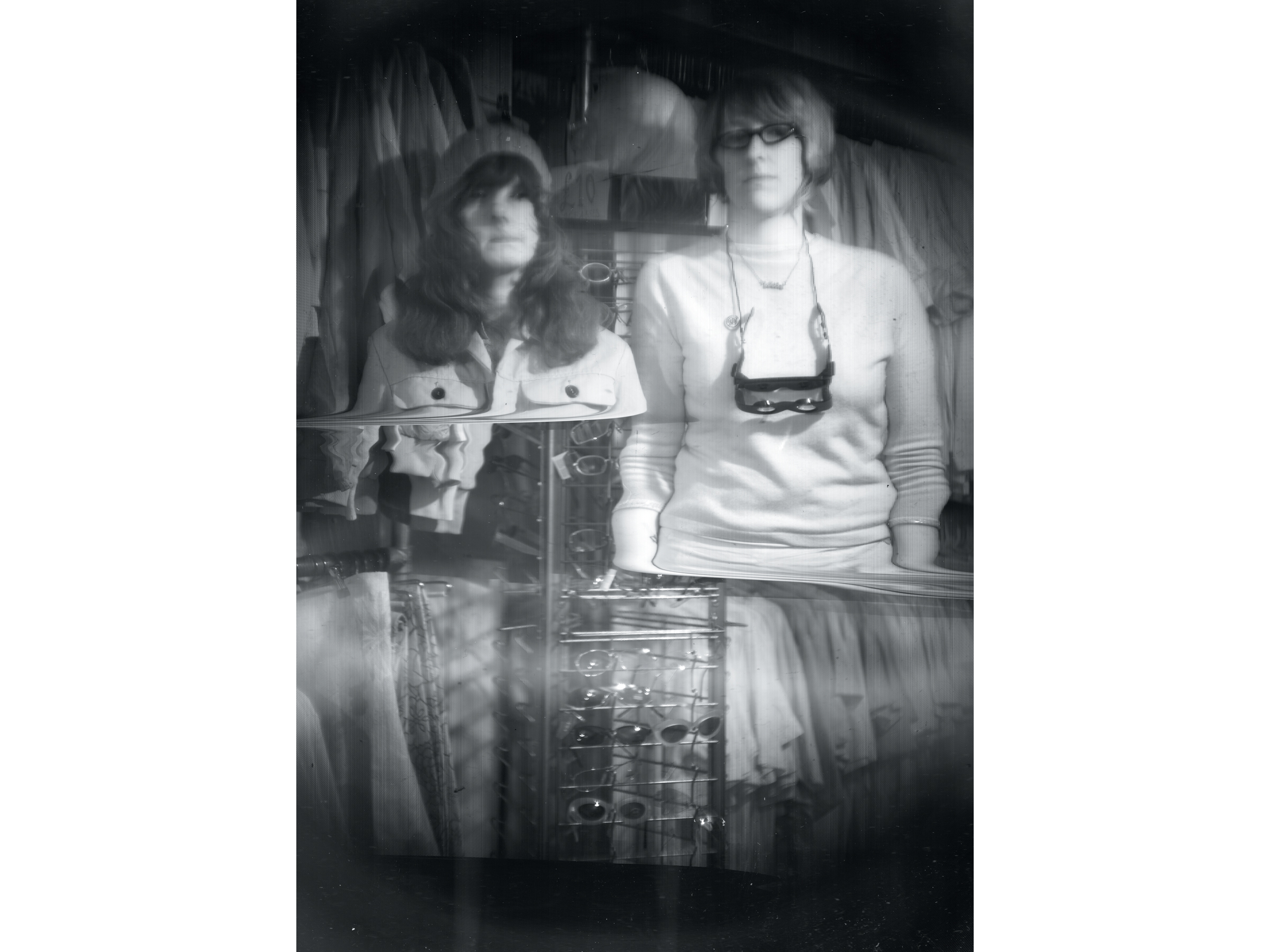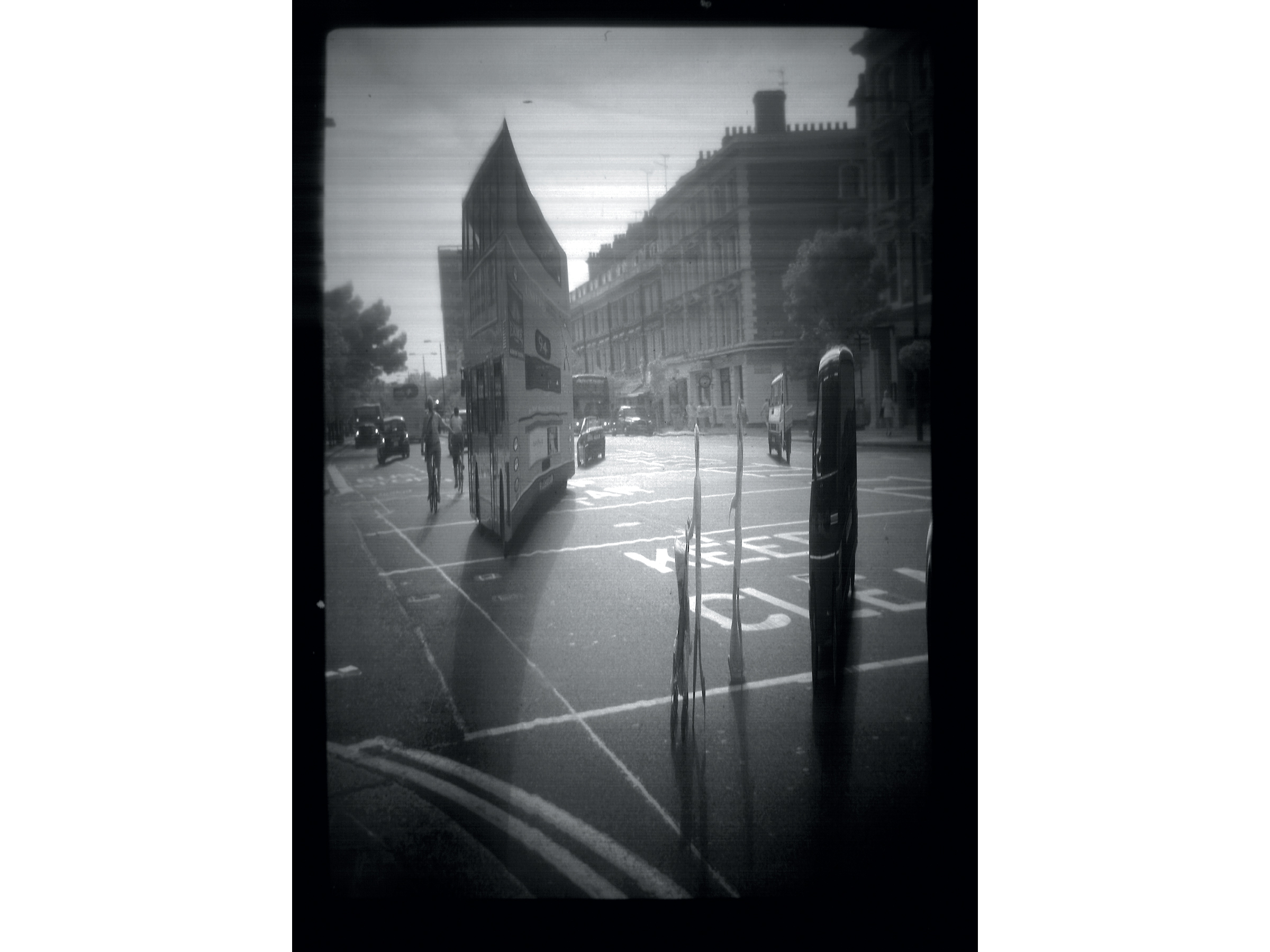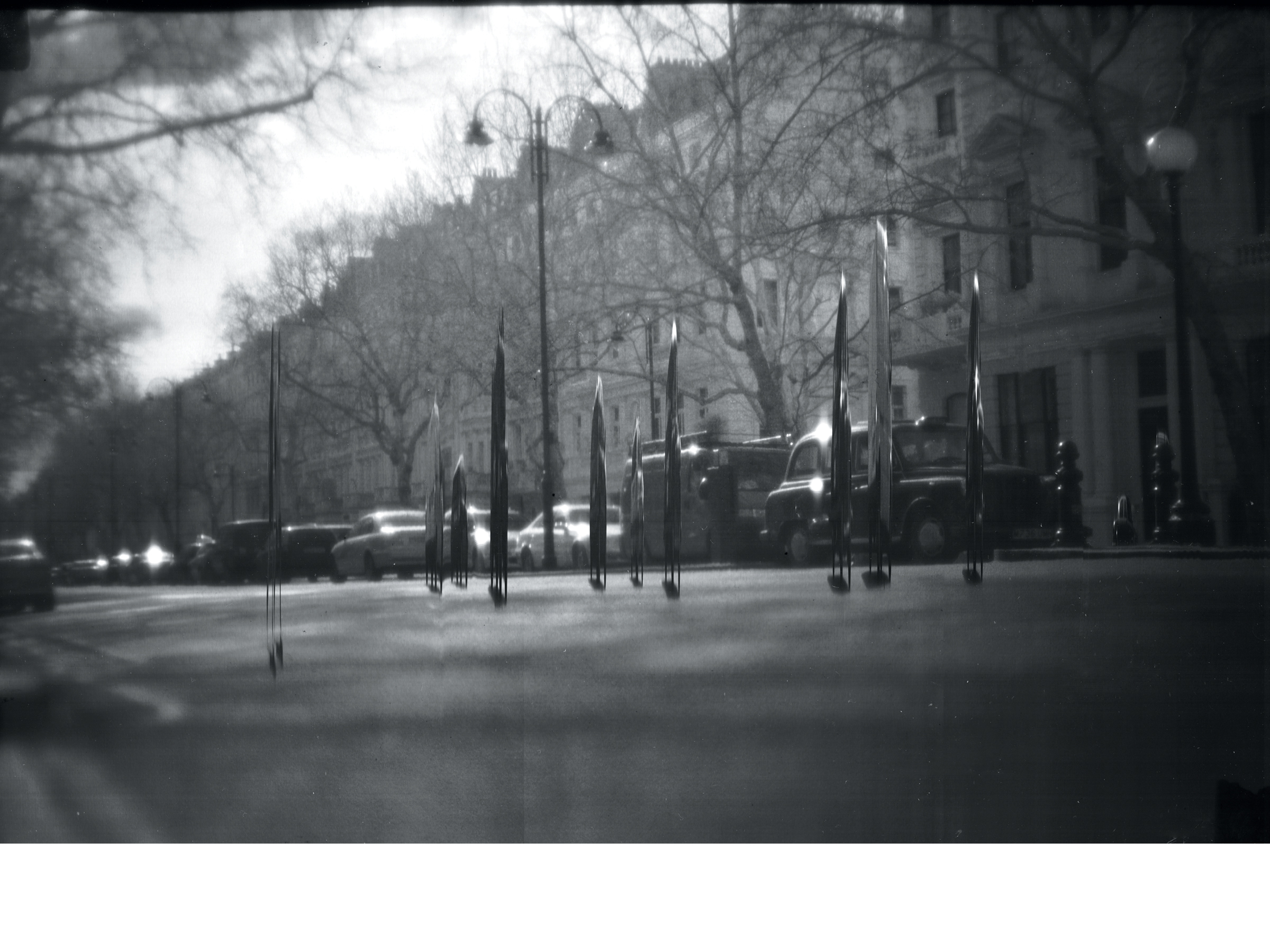Several years ago, I built my first scanner camera. The idea was simple: I would use an ordinary flatbed scanner with a homemade large-format camera. The camera would focus the image onto the scanner bed in place of photo paper or film. I expected this to be a quick little art project made with a cardboard box, the cheapest flatbed scanner I could find, and lots of duct tape.
A scanner’s image sensor captures a scene slowly, line by line. But when I got it all to work, the results were wonderful.
Stationary objects photographed normally, but moving objects appeared twisted and distorted into fascinating shapes. At first I thought there was something wrong with my contraption, but then I realized that the movement of the scan head was meshing with the movement in the recorded scene.
The distortion is similar to the effect created by moving an original on a photocopier mid-copy, but extended into the real world.
Making and using a scanner camera is a lot of fun as a technical exercise, but more importantly to me, it provides an interesting photographic perspective on time and movement.
Here’s how to build 2 versions: a simple cardboard-and-duct-tape one that keeps the scanner intact, and a warranty-voider version that’s more portable and flexible, and takes sharper pictures.



